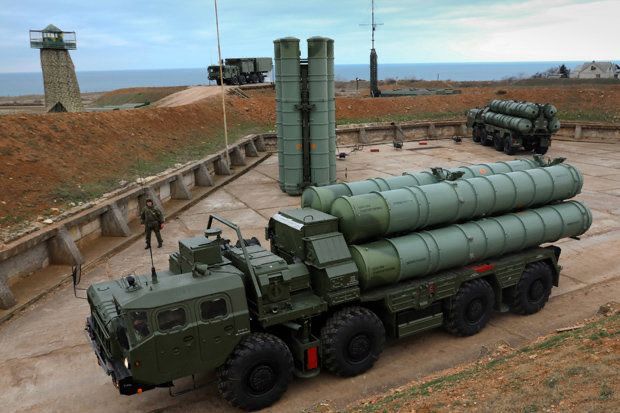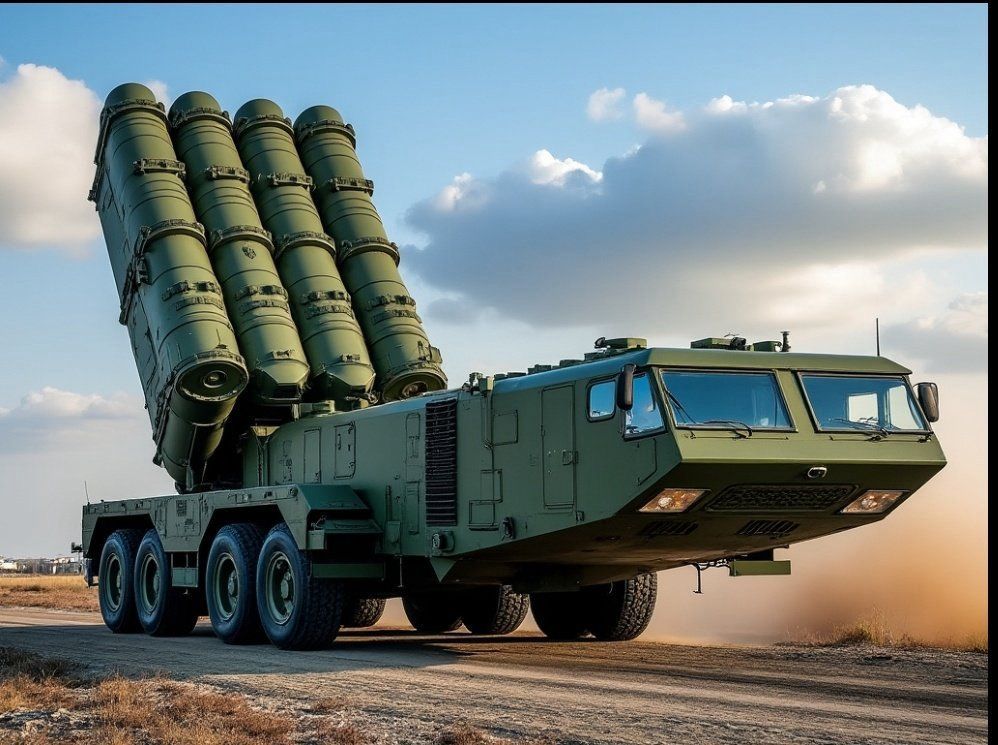
Introduction of S-400 Missile Triumf missile
The rising tensions between India and Pakistan have once again thrust South Asia into the global spotlight. Amid growing fears of military escalation, India’s decision to deploy the S-400 Missile Triumf missile defense system has stirred international interest and concern. Often hailed as one of the most advanced surface-to-air missiles (SAM) systems in the world, the S-400 brings both tactical advantage and strategic implications. This article explores the reasons behind its deployment, its capabilities, geopolitical issues like Kashmir, geopolitical consequences, and how it fits into the larger narrative of Indo-Pakistani relations in 2025.
What Is the S-400 Missile System?
The S-400 Triumf, developed by Russia’s Almaz-Antey, is a next-generation air defense system capable of targeting aircraft, ballistic missiles, and UAVs at long ranges and high altitudes. It is designed to detect and destroy aerial threats from as far as 400 kilometers away and at altitudes of up to 30 kilometers. What makes it particularly effective is its ability to engage up to 80 targets simultaneously, using a combination of different types of missiles optimized for various distances and threats.
India signed a $5.43 billion deal with Russia in 2018 for five units of the S-400 system, with the first unit delivered in late 2021. Since then, India has gradually been deploying the system across its borders, particularly in regions vulnerable to aerial threats from China and Pakistan.
Why Is India Deploying the S-400 Now?

In the wake of recent skirmishes, including the Pahalgam attack and subsequent Pakistani air incursions, the Indian government has accelerated the deployment of the S-400 system. The goal is clear to create a robust shield against any airborne threats that could disrupt national security or target strategic infrastructure.
The S-400’s deployment serves multiple purposes:
- Deterrence: By showcasing its high-end defense technology, India sends a clear message to adversaries that any hostile action will be met with formidable resistance.
- Early Detection and Response: The system’s advanced radar and tracking capabilities provide India with crucial reaction time to neutralize threats before they reach their targets.
- Strategic Depth: Placing the system deep within Indian territory allows protection over key cities and military assets, complicating enemy strike calculations.
Technical Capabilities and Strategic Advantages
- Multi-layered Defense: The S-400 integrates with other Indian defense systems, including indigenous Akash missiles and Israeli radar networks, forming a multi-tiered defense umbrella.
- Versatility: It can operate in varied terrains and weather conditions, offering consistent protection along India’s long and diverse borders.
- Speed and Precision: Capable of firing missiles at speeds exceeding Mach 6, the S-400 can intercept even hypersonic targets with remarkable accuracy.
Regional and Global Implications
Pakistan views the deployment of the S-400 with unease. It disrupts the existing military balance and challenges the efficacy of Pakistan’s air force in case of conflict. The missile system also complicates Islamabad’s reliance on low-flying aircraft and drones, which are now more vulnerable.
From a broader perspective, the deployment could trigger a regional arms race. Countries like China have already deployed their own S-400 systems, and Pakistan may now look towards bolstering its arsenal with help from allies like China or Turkey.
The U.S. has expressed concerns too. India’s purchase of the Russian system strained its relationship with Washington, which had previously warned of sanctions under the CAATSA (Countering America’s Adversaries Through Sanctions Act). However, India’s strategic importance in countering China in the Indo-Pacific has led to some diplomatic leniency.
Public Opinion and Political Narrative

Domestically, the deployment has been met with mixed reactions. Supporters hail it as a necessary step to safeguard national interests, especially amid heightened cross-border tensions. Critics, however, question the massive expenditure and argue that more investments are needed in cyber defense, drone technology, and soldier welfare.
Nonetheless, the government has framed the move as both proactive and defensive, aimed not at provocation but at protection.
Future Outlook
As India continues to modernize its military capabilities, the S-400 system will play a pivotal role in shaping its aerial defense posture for years to come. Its presence may also serve as a psychological barrier against potential aggressors, knowing that Indian airspace is heavily fortified.
However, experts warn that technology alone cannot guarantee security. Effective command and control, continuous upgrades, and diplomatic engagement remain essential components of national defense.
Conclusion
The deployment of the S-400 missile system marks a significant chapter in India’s defense history. In a region fraught with historical animosities and nuclear stakes, such a powerful deterrent not only boosts India’s defense capabilities but also reshapes strategic calculations. As the world watches South Asia with bated breath, the presence of the S-400 may well be the difference between deterrence and disaster.
Latest post: – http://mohan-srivastava-role-in-pitru-paksha-mela/

